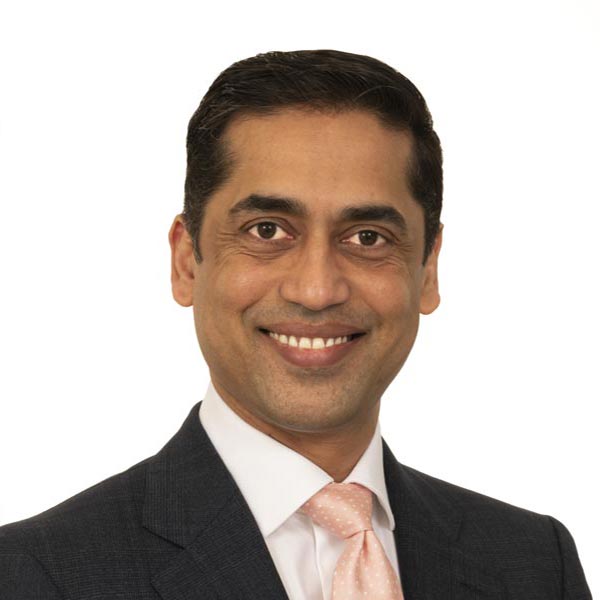Award winning Specialist
TMJ Arthroscopy London

TMJ arthroscopy is a type of TMJ surgery used for temporomandibular joint disorder diagnosis and treatment. It’s a less invasive operation than other types of jaw surgery, and can be very useful for determining the cause of your jaw discomfort so our dental surgeons can recommend the right TMJ treatments. Find out more about TMJ arthroscopy at Harley Street Specialist Hospital below.

































